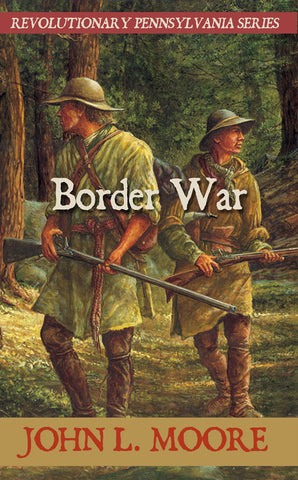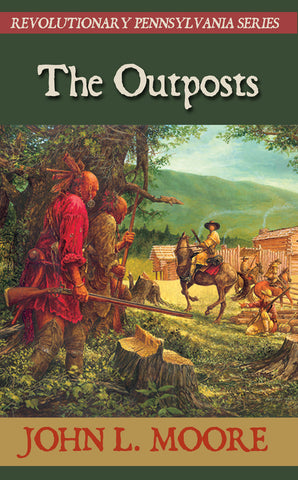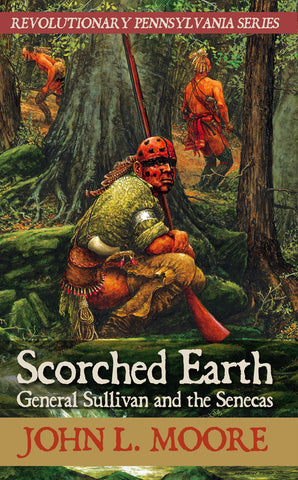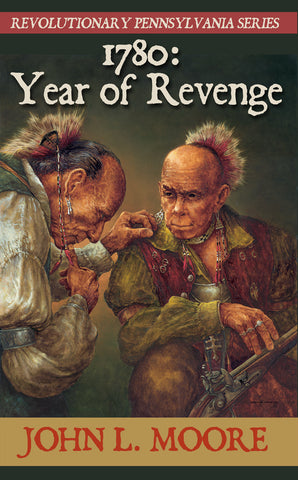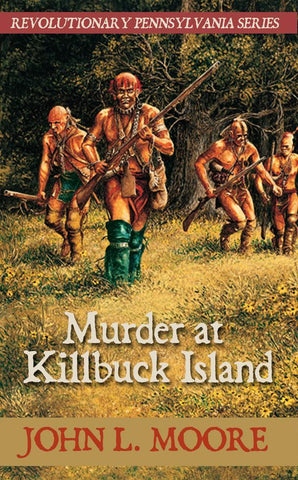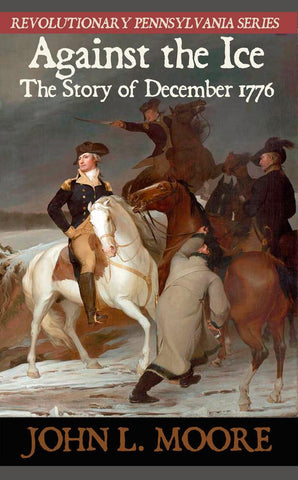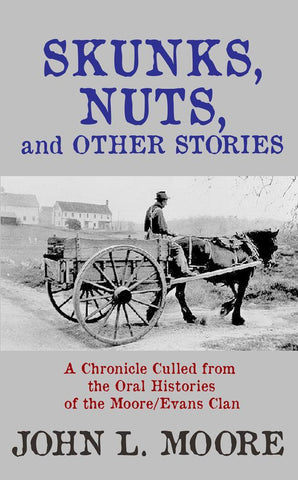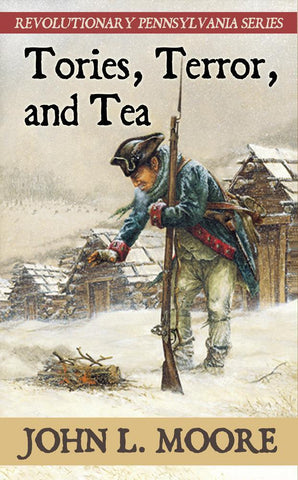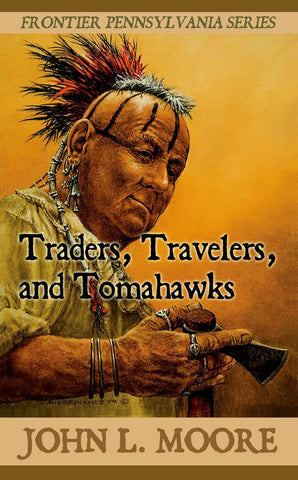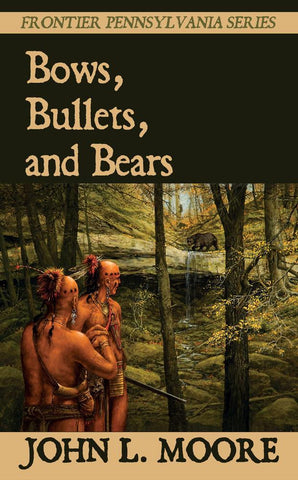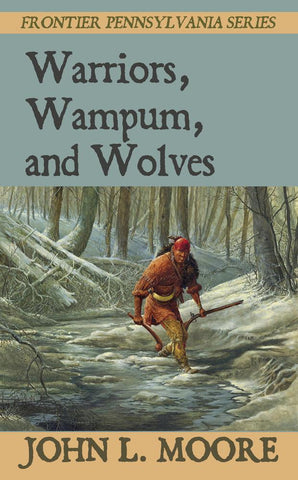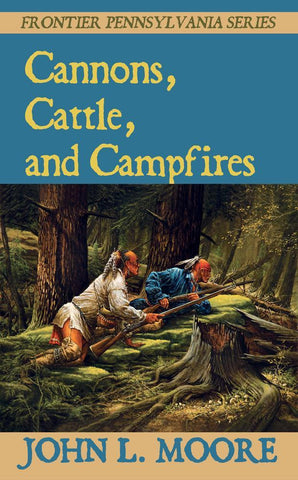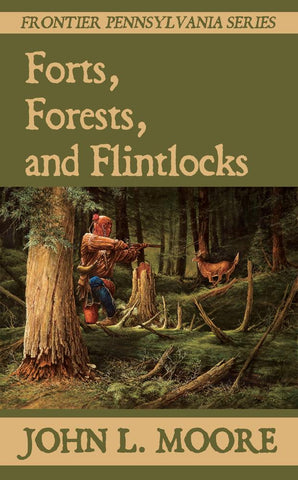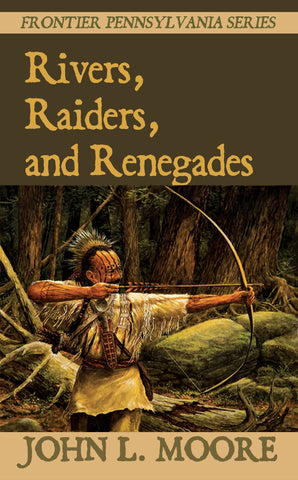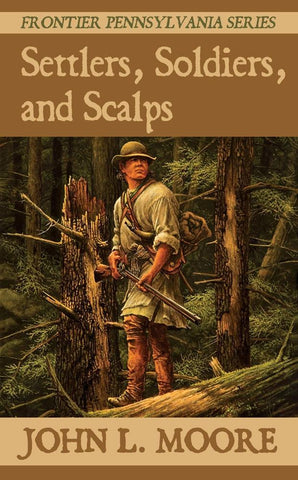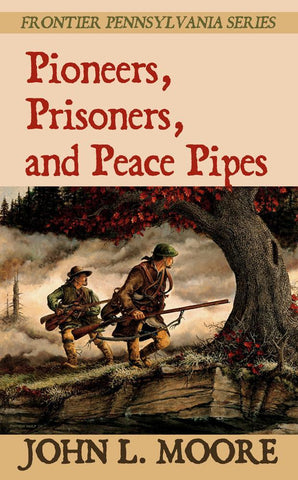by Joseph Priestley, Edited by John L. Moore, Foreword by John L. Moore
A world-famous Englishman, Dr. Joseph Priestley addressed the 12 letters in this little book to “the Inhabitants of Northumberland and its Neighborhood.” Nearly 150 miles northwest of Philadelphia, the locale was an obscure village of log houses that had grown up at the confluence of the Susquehanna River’s North and West branches.
Priestley was in his early 60s when he decided to settle there in 1794. The clergyman/scientist had originally intended to devote his sunset years to writing about theological topics and conducting scientific experiments, but controversy over his political and theological beliefs followed him from Great Britain.
He soon found himself the target of frequent and caustic attacks in newspapers throughout the United States that aligned themselves with the Federalist government and policies of President John Adams. On one occasion, when relations between the U.S. and French governments had deteriorated, Priestley was even accused to being a spy for France.
When he found himself increasingly unpopular and misunderstood by the people of his new hometown, Priestley responded by writing these letters. He explained his political and religious beliefs, but also told how, why, and when he had become an honorary citizen of France; listed the reasons why he admired the U.S. Constitution; and justified his decision not to become a U.S. citizen.
Priestley also attacked his critics, especially William Cobbett who wrote under a pen name, Peter Porcupine. “It is commonly said,” Priestley wrote, “that when much dirt is thrown, some will stick; and on this principle I suppose it is that I have been distinguished so often by my principal antagonist, Mr. Cobbett.”
In 1799 the letters were reprinted in book form by Northumberland printer Andrew Kennedy. The book consisted of two parts. Letters 1 through 7 appeared in Part I, with letters 8 through 12 in Part II. The final item in Part II was Maxims of Political Arithmetic, Applied to the Case of the United States of America, an article that Priestley had printed anonymously in 1798 in the Philadelphia Aurora, a newspaper published by Benjamin Franklin Bache, the grandson of Priestley’s old friend Ben Franklin.
Spelling, typography and punctuation have been modernized throughout the text. For instance, the character f appears throughout the original, often to represent the letter s. This practice was common during the 18th century, but has fallen into disuse. It has been eliminated in these pages.
In editing this volume of the Letters, the editor found it helpful to have a variety of online dictionaries at his fingertips, among them en.oxforddictionaries.com. That’s because Priestley, his colleagues and his critics often employed words that have fallen into disuse, among them conventicle (a secret or unlawful religious meeting); oppugn (question the truth or validity of); and sectary (a member of a religious or political sect).
The Georgian-style mansion that Priestley built overlooking the Susquehanna survives as a museum that has portraits and a statue of the man. These images make it easy to envision the elderly man sitting at his desk in the library, dipping his quill pen in an ink well, then writing these letters – slowly, deliberately – in longhand.
The Friends of the Joseph Priestley House sponsored the republication of Priestley’s book. Three members of the Friends – Deb Bernhisel, Susan Brook and Tom Bresenhan – transcribed the letters using OCR text from Google and a scan of the first edition.
Page Count: 100
Trim Size: 5 x 8
Publish Date: August 25, 2015
Imprint: Sunbury Press
Genre: History
History / US History / Mid-Atlantic



